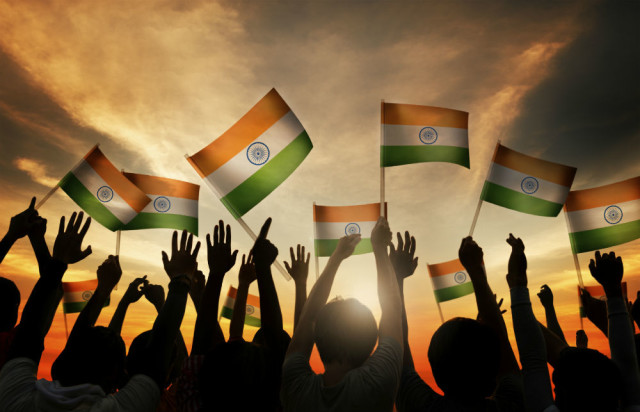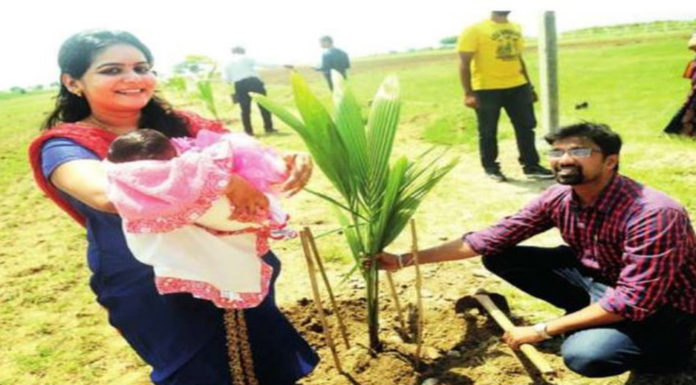A United Nations report in 2014 has revealed, that India has a total population of 356 million in the age bracket of 10-24 years, which incidentally is the world’s largest youth population, while China is second with a total population of 269 million. This, despite the fact that the latter is having a higher population vis-a-vis the former. The UN report titled, “The Power of 1.8 billion” states that 28% of the Indian population is in the age group of 10-24 years. Another report published by IRIS Knowledge Foundation in collaboration with UN-HABITAT, states that the population in the age group of 15-34 has increased from 353 million in 2001 to 430 million in 2011.

The massive potential, which our country presents, is there for the entire world to take notice of, but this massive demographic dividend will pay off, only if the government takes proactive steps in skill development. The present government got a massive mandate in 2014. This mandate was a signal from a young, restless, impatient India, wanting to enjoy the fruits of economic prosperity. They saw promise in the message and voted accordingly. The rest is history.
The government has its task cut out. Improve the skill set of the youth and generate more jobs for them, but first and foremost, the youth should be aware of their duties and responsibilities as well. They are the future of the country and hence they should also respond in equal measure to the government actions. The first question that should be asked to today’s youth is, “What can you do for the country?”. Their responses should be noted and then the government’s response should revolve around their responses. However, the government has taken steps to increase its engagement with the youth.
The measure, that comes foremost to my mind, is the “Mann Ki baat” series that PM Modi has started. This is a monthly radio address to the entire nation wherein, the PM has covered a wide assortment of topics from advising the youth to say NO to drugs, to telling them not to be stressed out for the exams and to compete with themselves and not others, to including a scholarship for disabled children and grants to educational institutions for developing infrastructure for such children.
The second measure that the government has undertaken is the MyGov which is a web based citizen engagement platform. The youth are encouraged to contribute their ideas for the enhancement of Governance. This is an excellent platform for youth engagement where the users will be allowed to discuss and to contribute on various government projects and plan.
Another measure that the government has undertaken is Start-up India Movement, where the government plans to earmark Rs. 2000 crores for this initiative. The government has also given tax sops for start-ups; the youth having bright ideas will be benefited by this initiative.
However the jewel in the crown is the Skill India campaign which includes the launch of the National Skill Development Mission and unveiling of the new National Policy for Skill Development and Entrepreneurship 2015. The Pradhan Mantri Kaushal Vikas Yojana already has 18 lakh enrolments in the past 8 months. The main objective of this programme, is to build skills in the youth and lay an effective foundation for the “Make in India” campaign. This programme has been targeted for the rural youth.
It would be easy for the government to increase the connect with the Urban youth, through social media and other web based technologies, but it would be difficult for the government to replicate the same approach in rural areas.
First and foremost, government will have to tackle the problem of basic necessities, like electricity, water, sanitation and provision of timely quality health services and education. The youth will have the motivation to interact only if their basic needs are fulfilled.
Each and every MP elected from rural areas should target a cluster of villages within his constituency and organise a monthly get together of the young, wherein the initiatives taken by the government should be stated. A spirit of debate should be encouraged, wherein they should be actively encouraged to critically assess the policy impact on their social lives. Their responses to be fed back to the centre, and the government to take proactive actions, based on merits of the suggestions, which should again be communicated back to the youth. This should cut across party lines. Similarly,some topics like water conservation should be debated upon and ideas should be elicited from them to preserve water. This should be supplemented with talks from experts in that field. A particular constituency may not have the necessary infrastructure or the necessary means to implement the solution, however that idea can be put to use somewhere else and that awareness should be spread through social media.
The onus is on both , the Indian youth to interact and present their ideas and a greater onus would be on the government to cut the red tape and implement them.































